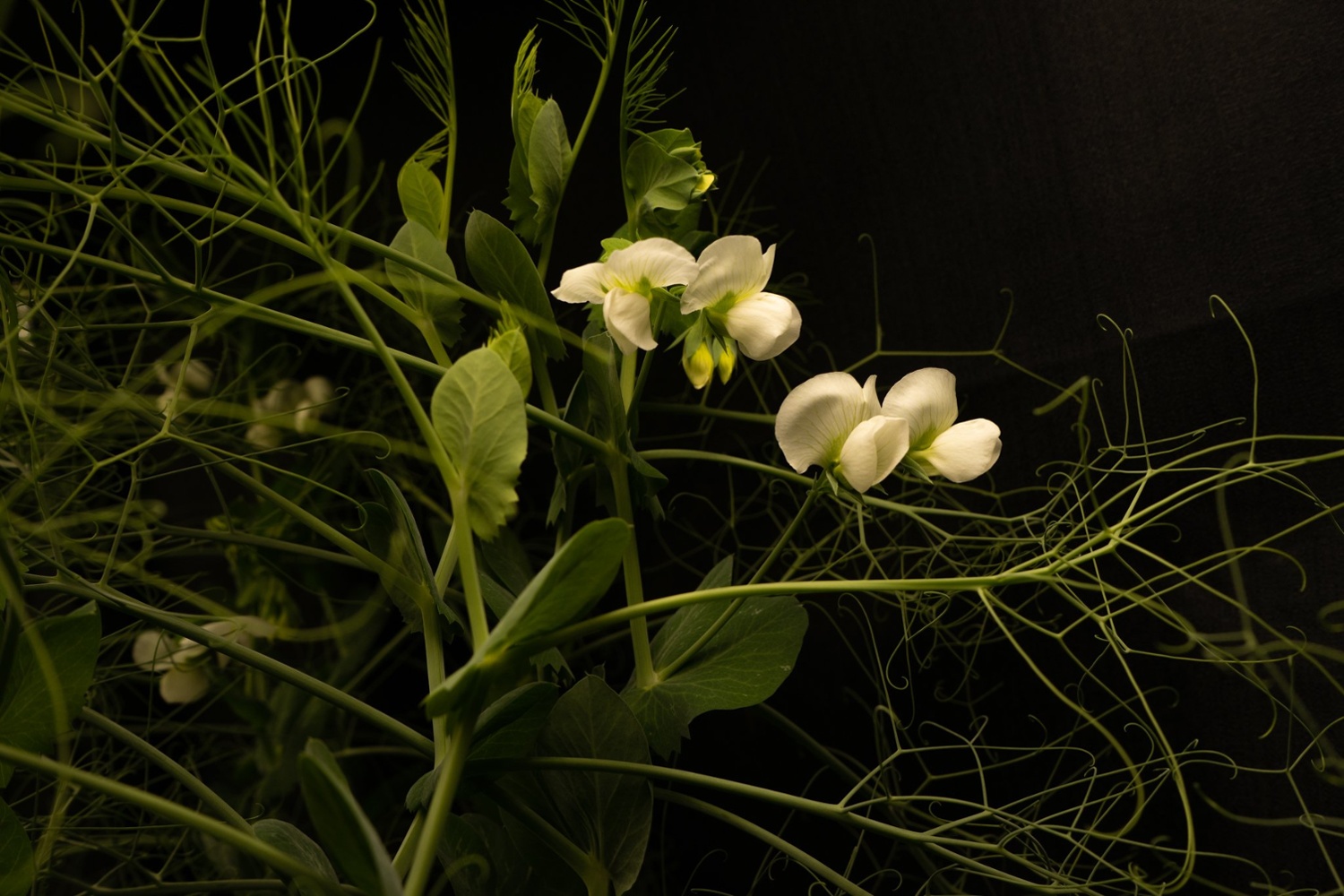“We can make it work and get better prices, and not have to fight the typical market system.”
Starr Partnership. Hastings, Nebraska.
Joel Starr and his brother James took over their family farm in 1984. Back then the fields were conventional corn. Now they’ve transitioned almost all of their land to organic with a focus on cover cropping to build soil health and manage insects and weeds.
“I didn’t like all the herbicides,” says Joel Starr. “I could feel the spray on my face. I said to myself, ‘this is not very smart.’” When their county agent talked to them about organic, the Starrs were far ahead of the adoption curve. They started their organic transition with 80 acres in 1991. Economics was a big motivation. “You’re in your own world with organic,” says Starr. “We can make it work and get better prices, and not have to fight the typical market system.”
A Labor-Saving Crop
Cover crops are the weed managers in Starr’s organic production. They use a mix of hairy vetch, radishes, rye and mustard seed, and they were among the first in the area to grow peas. “Peas clean up a field really well. You don’t have to rogue them, you just plant and walk away.”
Since their partnership with PURIS began in 2012, Starr has become a major producer of organic pea protein. They grow PURIS PP-0667 organic yellow field peas, a variety bred for various climate conditions that germinates around 32 degrees, allowing growers to plant earlier in the season. “We plant peas in March before we even get around to thinking about corn and soybeans,” Joel Starr said. “I was impressed how it cut down on workload.”
Nitrogen & Water
Organic PURIS peas deliver other big advantages. Getting the peas out of the ground early gives the Starrs a long cover crop season that’s crucial to their weed management techniques. And the bonus nitrogen minimizes the need for fertilizer applications across their rotation. “I soil sampled after peas and found 60 pounds of nitrogen per acre,” Starr says. “We had corn that was going to yield 240 bushels an acre after peas.”
Growing yellow field peas uses 75% less water than corn or soybeans, contributing to a 62% decrease in Starr’s overall application and water usage. Not only does that save the business money, it cuts the resource footprint of the Starrs’ farming community as a whole.
Smarter Ways Forward
Successfully harvesting peas can be a learning curve. So Starr devised ways to lift up the plant during harvest. “We tried things early on, and just kept adding.” PURIS peas require careful quality-control procedures to avoid contaminations in order to produce allergen-free Pea Protein product for the consumer market. In this and other challenges, PURIS has worked in partnership with Starr to make the process more efficient.
The brothers continue to break new ground. To further diversify their farm, Starr got a hemp license in 2020 — one of the first in the state — and plans to rotate peas with no-till hemp. It’s another example of growers embracing new crops and smarter methods to lead their farms and communities into the future.



